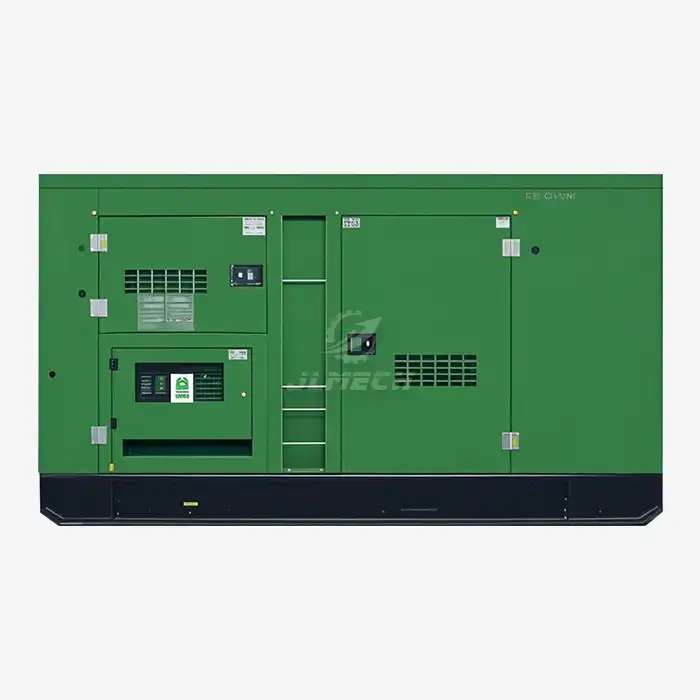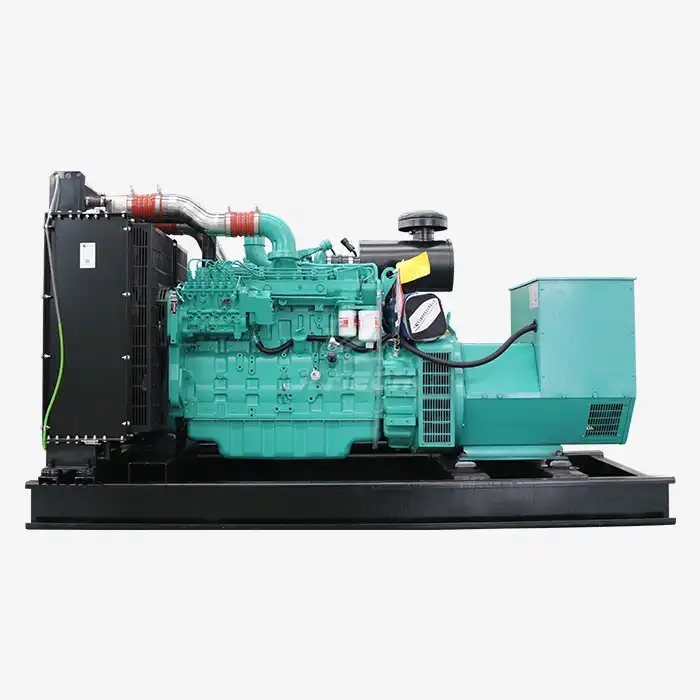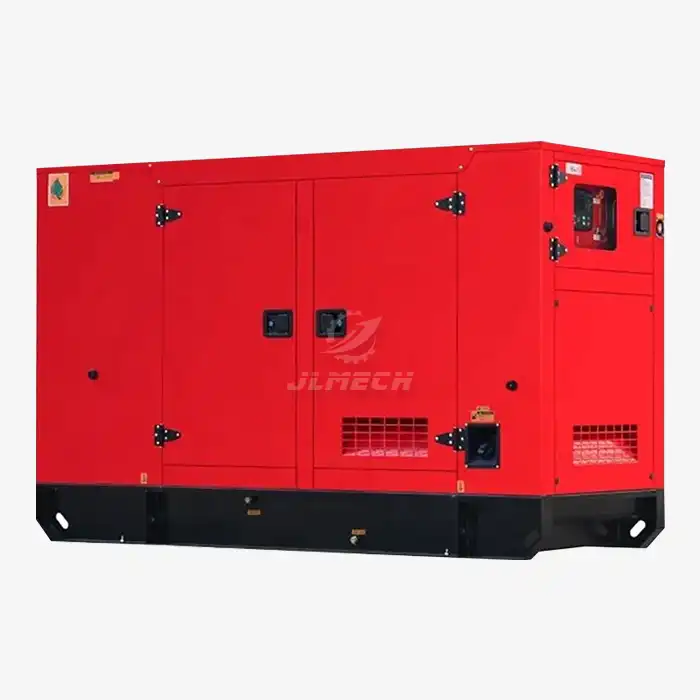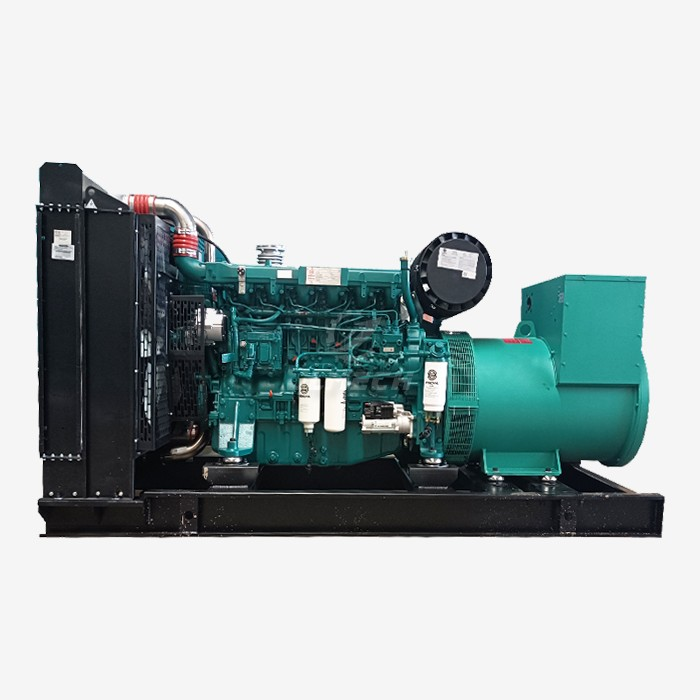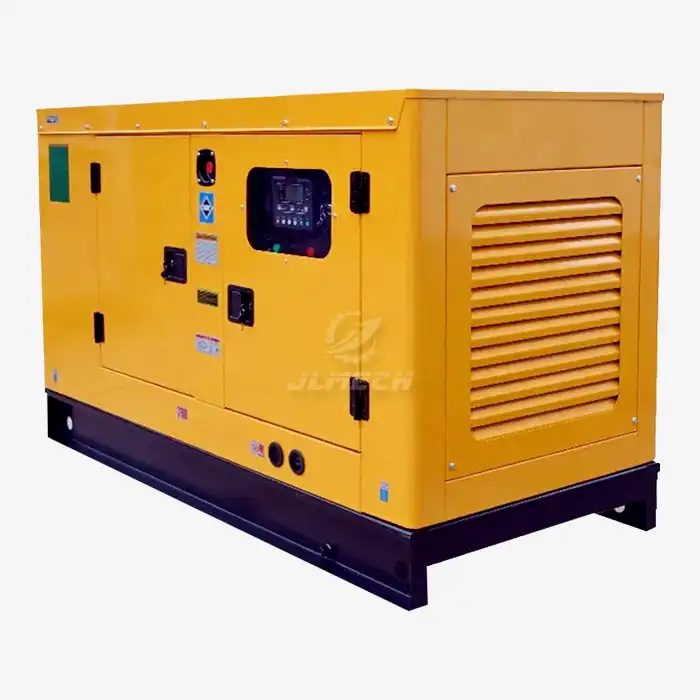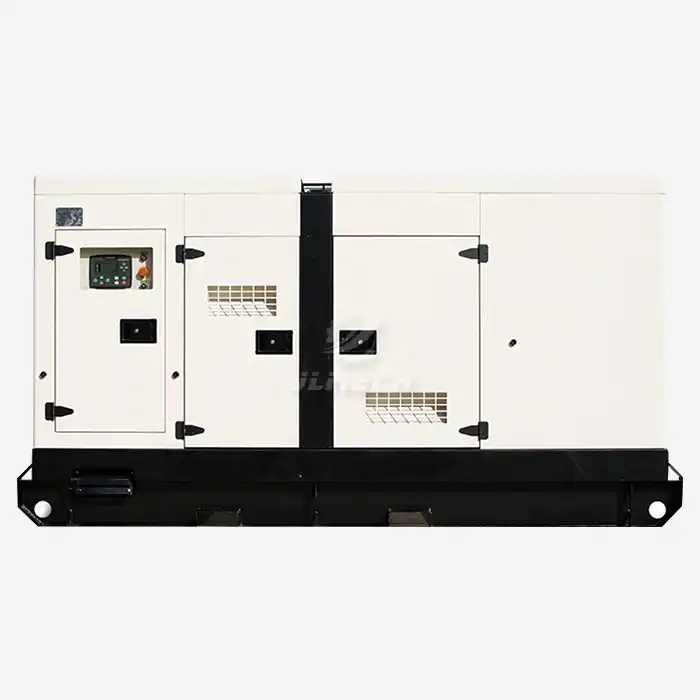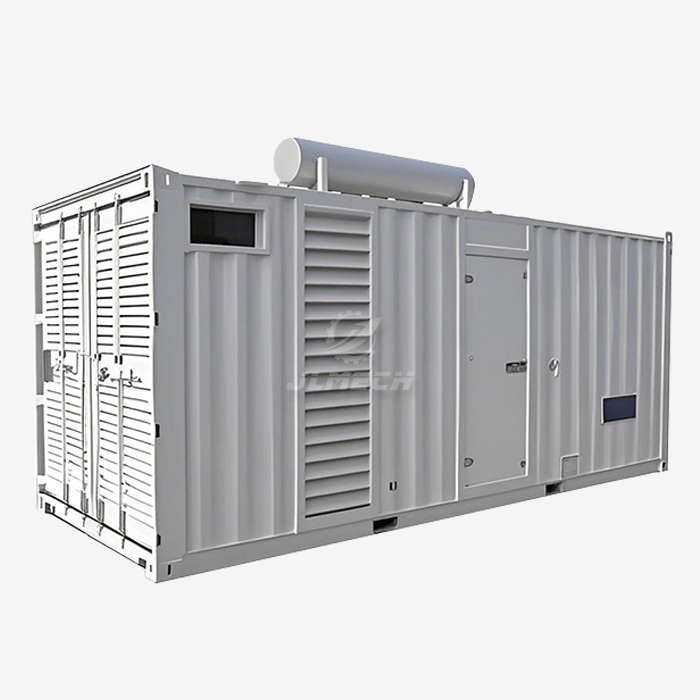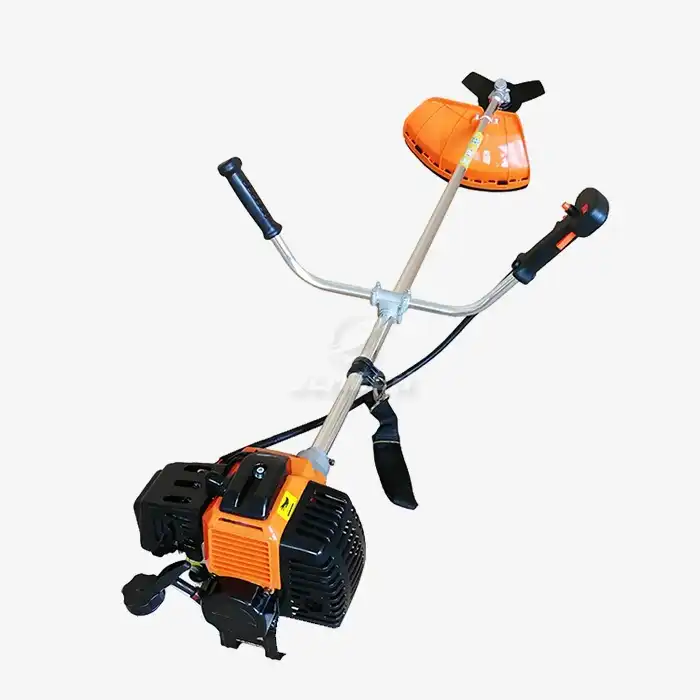How to reduce total harmonic distortion from generator?
For businesses relying on diesel generators for prime or backup power, managing Total Harmonic Distortion (THD) is crucial for ensuring equipment reliability, maximizing energy efficiency, and preventing costly downtime. Harmonic distortion occurs when non-linear loads—such as variable frequency drives, UPS systems, and other power electronic equipment—draw current in non-sinusoidal pulses rather than smooth sine waves. This distortion creates power quality issues that can cause overheating, reduced equipment lifespan, and even malfunctions in sensitive electronic devices. Implementing an effective harmonic distortion filter for generator systems represents the most reliable approach to mitigating these issues and maintaining optimal power quality across your operations.
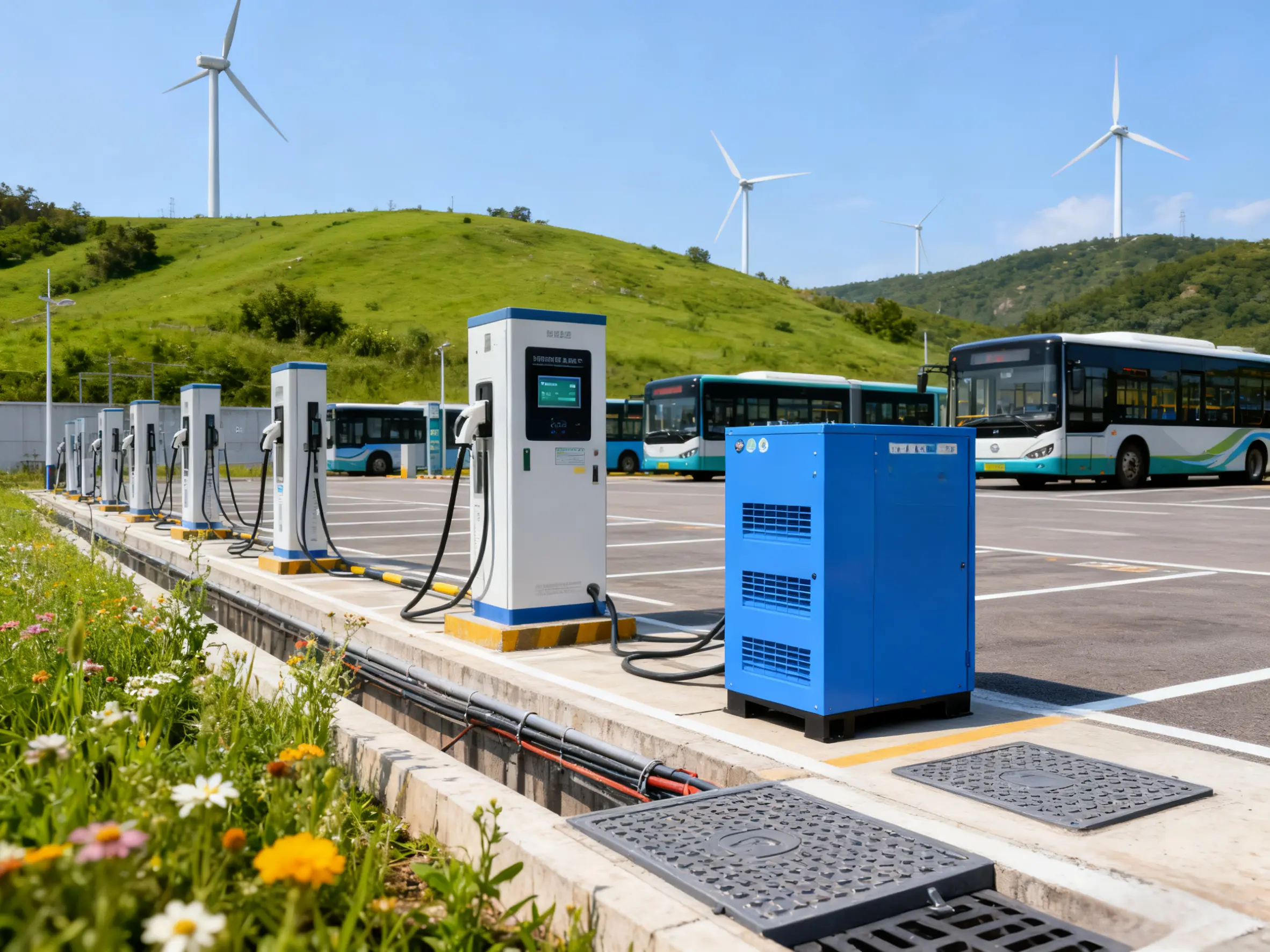
Understanding Harmonic Distortion
Harmonic distortion refers to the deviation of electrical waveforms from their ideal sinusoidal shape, creating frequencies that are integer multiples of the fundamental power frequency (50/60 Hz). In generator systems, these distortions primarily originate from non-linear loads that draw current inconsistently throughout the voltage cycle.
Common Sources: Variable frequency drives, switching power supplies, LED lighting systems, UPS units, and battery chargers.
Impact on Systems: Increased heating in transformers and motors, nuisance circuit breaker tripping, premature capacitor failure, and interference with sensitive electronic equipment.
Measurement Standards: Total Harmonic Distortion (THD) is typically expressed as a percentage representing the ratio of harmonic content to the fundamental frequency.
Left unaddressed, harmonic distortion can reduce your generator's effective capacity and increase operational costs through reduced efficiency and more frequent maintenance requirements. This makes the installation of a proper harmonic distortion filter for generator applications not just an optimization strategy but a necessary protection measure for your power infrastructure.
Passive Harmonic Filters
Passive harmonic filters represent the most common and cost-effective solution for mitigating generator harmonic distortion. These devices use passive components—inductors, capacitors, and resistors—configured to provide a low-impedance path for harmonic currents to bypass the system.
Operating Principle: Passive filters are tuned to specific harmonic frequencies (typically the 5th, 7th, 11th, and 13th harmonics) where they offer minimal impedance, effectively diverting harmonic currents away from the generator and upstream components .
Key Advantages: Simple design with no external power requirement, high reliability, lower initial cost, and proven performance in industrial applications .
Performance Characteristics: Quality passive filters can reduce THD to less than 5% at rated power while maintaining system efficiency above 98% .
Installation Considerations: Passive filters are typically installed at the generator output or at specific harmonic-producing loads, with configurations available for both three-phase and single-phase applications.
For most industrial generator applications, passive filters provide the optimal balance of performance, cost, and reliability, making them the go-to harmonic distortion filter for generator systems in manufacturing, water treatment, and commercial facilities .
Active Harmonic Filters
For applications requiring more adaptive harmonic mitigation, active harmonic filters represent a sophisticated solution that continuously monitors and cancels harmonic distortions in real-time.
Technology Overview: Active filters use power electronics to generate harmonic currents equal in magnitude but opposite in phase to the detected distortions, effectively canceling them out .
System Components: These typically include sophisticated control electronics, current sensors, and IGBT power stages that work together to inject compensating currents into the system.
Performance Benefits: Active filters can achieve remarkable THD reduction to levels as low as 0.1% while simultaneously providing power factor correction .
Application Scenarios: Particularly effective in environments with varying harmonic profiles, multiple non-linear loads, or where strict harmonic limits must be maintained regardless of load changes.
While requiring higher initial investment than passive solutions, active filters offer unparalleled compensation flexibility, making them the ideal harmonic distortion filter for generator systems powering sensitive medical, data center, or research facilities .
Detuned Reactors and Harmonic Trap Filters
For specific harmonic challenges, specialized filtering solutions like detuned reactors and harmonic trap filters provide targeted approaches to distortion mitigation.
Detuned Reactors: These devices consist of reactors connected in series with power factor correction capacitors to prevent resonance conditions that amplify specific harmonics . By creating a tuned circuit with a resonance frequency below the lowest significant harmonic, they prevent capacitor banks from magnifying harmonic distortions.
Harmonic Trap Filters: These specialized passive filters are specifically designed to eliminate particular problematic harmonics, typically the 5th and 7th, which are most common in three-phase systems .
Implementation Benefits: Both solutions protect capacitor banks from harmonic overload, prevent resonance issues, and extend the life of electrical components while improving overall system stability .
These targeted approaches often complement broader filtering strategies and can be particularly valuable as a specialized harmonic distortion filter for generator systems in applications with known specific harmonic issues.
Selection Criteria
Choosing the appropriate harmonic mitigation solution requires careful evaluation of several key factors:
Load Analysis: Conduct a thorough assessment of your connected loads to determine the harmonic spectrum, magnitude of distortions, and load variability.
Performance Requirements: Establish your THD reduction targets based on equipment sensitivity and applicable standards such as IEEE 519 .
System Compatibility: Ensure selected filters are compatible with your generator's voltage, frequency, power rating, and existing control systems.
Cost Considerations: Evaluate both initial investment and long-term operational costs, including efficiency losses, maintenance requirements, and potential energy savings.
Future Expansion: Consider potential load additions that might change your harmonic profile and require different mitigation approaches.
Consulting with power quality specialists during this selection process ensures the implementation of the most appropriate harmonic distortion filter for generator compatibility and performance optimization.
Installation and Configuration
Proper installation and configuration are essential to maximize the effectiveness of your harmonic mitigation system:
Optimal Placement: Install filters as close as possible to harmonic-producing loads to prevent harmonic currents from circulating through distribution systems.
System Integration: Ensure proper coordination with existing protection devices, generator controls, and monitoring systems.
Configuration Guidelines: Correctly set filter parameters based on detailed harmonic analysis to address your specific distortion profile.
Safety Compliance: Adhere to all applicable electrical codes, safety standards, and manufacturer recommendations during installation.
Performance Verification: Conduct before-and-after measurements to verify THD reduction and ensure the system operates as intended.
Professional installation not only ensures optimal performance but also maintains compliance with warranty requirements and electrical safety standards for your harmonic distortion filter for generator integration.
Maintenance and Monitoring
Ongoing maintenance and monitoring are crucial for sustaining optimal harmonic filter performance over time:
Regular Inspection: Periodically check connections, components, and cooling systems for signs of wear, overheating, or damage.
Performance Monitoring: Implement continuous or periodic power quality monitoring to track THD levels and filter effectiveness under various operating conditions.
Preventive Maintenance: Follow manufacturer-recommended service intervals for component testing, replacement, and system recalibration if needed.
Load Change Response: Be prepared to adjust or augment your harmonic mitigation strategy when adding new equipment that might alter your harmonic profile.
A well-maintained harmonic distortion filter for generator systems will provide years of reliable service, protecting your generator and connected equipment from harmonic-related damage.
Conclusion
Reducing total harmonic distortion from your generator is not merely a technical consideration—it's an essential aspect of responsible power system management that protects your equipment investment and ensures operational reliability. Whether through cost-effective passive filters, sophisticated active filtering systems, or targeted solutions like detuned reactors, implementing the appropriate harmonic distortion filter for generator applications will deliver significant benefits in equipment protection, energy efficiency, and system stability. By understanding your specific harmonic profile and selecting the right mitigation approach, you can maintain optimal power quality while extending the service life of your generator and connected equipment.
Our technical team specializes in helping clients analyze their power quality challenges and implement effective harmonic mitigation solutions tailored to their specific generator models and operational requirements. For professional guidance on selecting the optimal harmonic distortion filter for generator protection, contact our power quality experts at skala@whjlmech.com.
References
Johnson, M. (2022). Emergency Power Systems: A Comprehensive Guide to High-Speed Diesel Generators. Power Engineering Quarterly, 45(3), 78-92.
Schaffner. (2023). FN3443 Series Three-Phase EMI Filters Technical Datasheet .
Schaffner. (2023). FN3441 Series Ecosine Evo Passive Harmonic Filters Technical Documentation .
Schneider Electric. (2015). Decoding Detuned Reactors: What and Why .
Normanyo, E. (2012). Mitigation of Harmonics in a Three-Phase, Four-Wire Distribution System using a System of Shunt Passive Filters .
Energy Technology Journal. (2025). Advanced Compensation-Based Power Quality Enhancement and Harmonic Mitigation in Smart Microgrids with Renewable Energy Integration .



